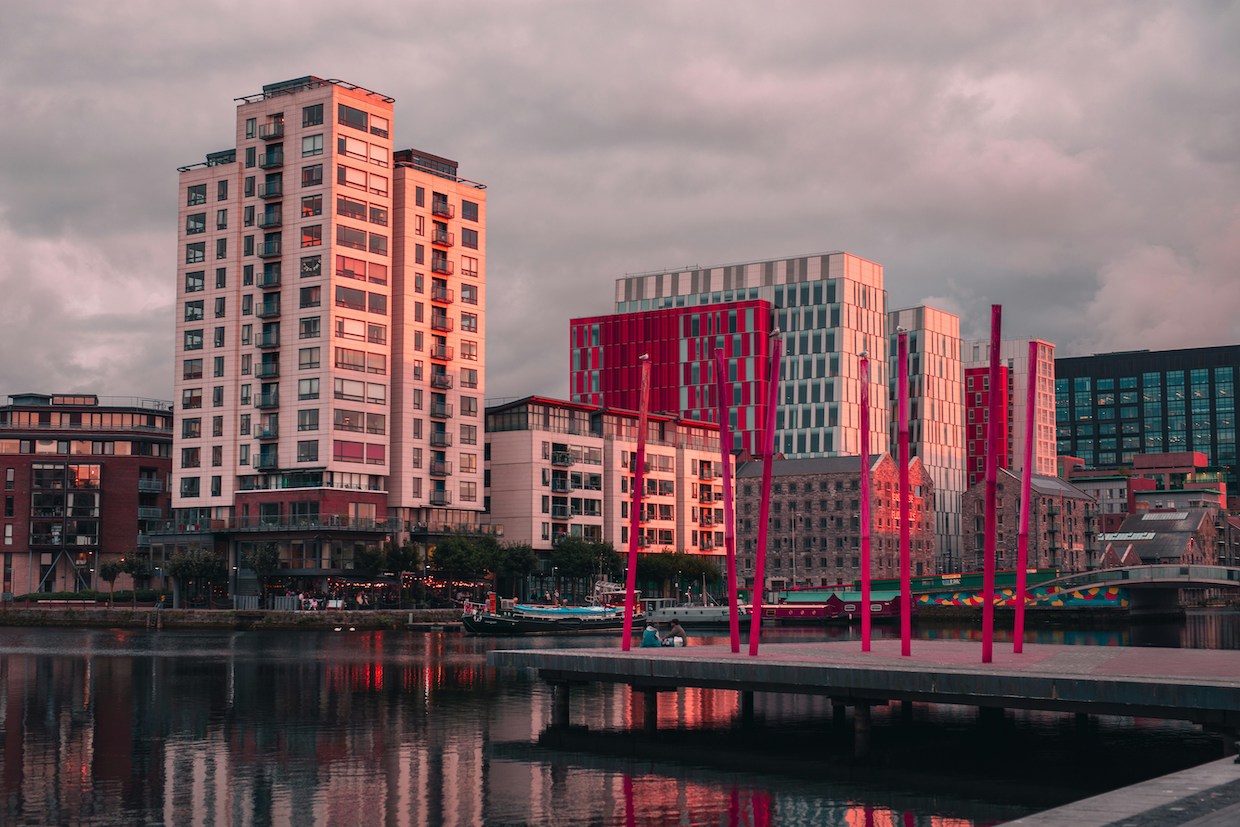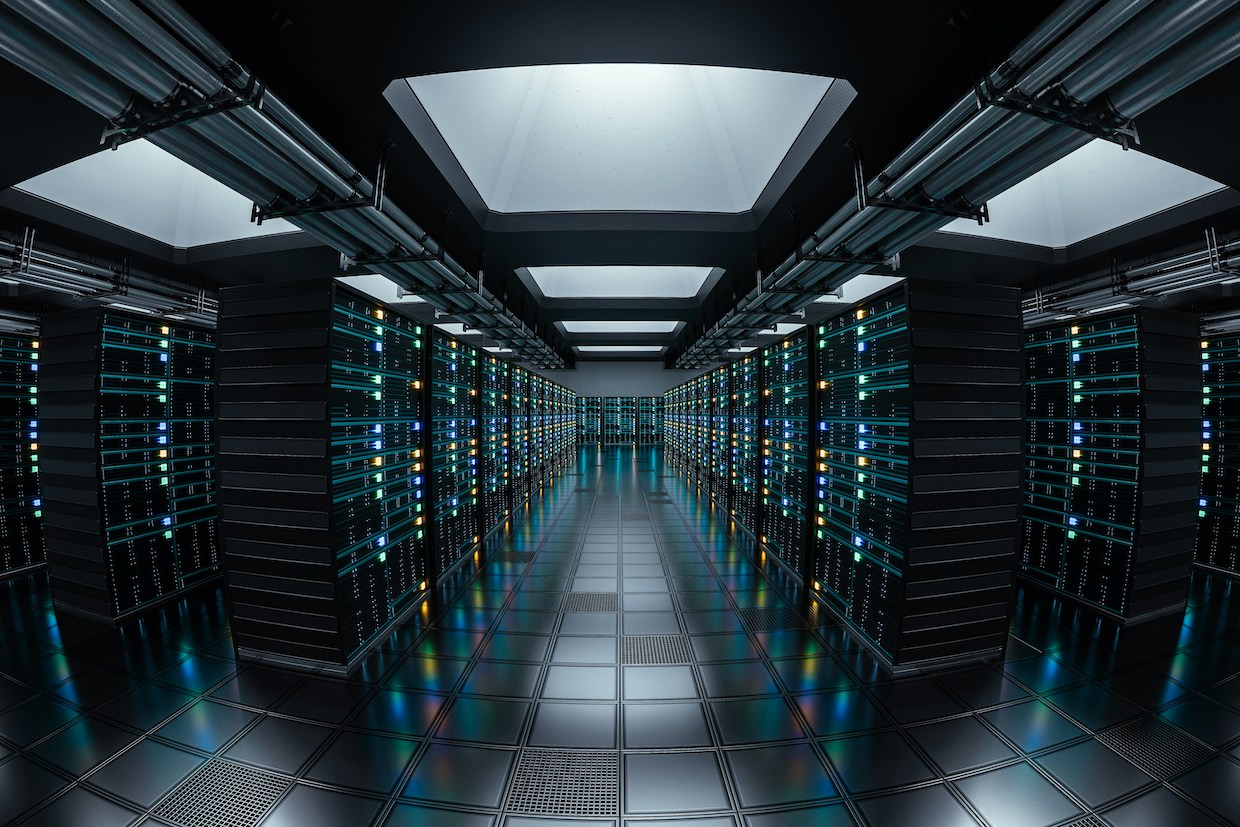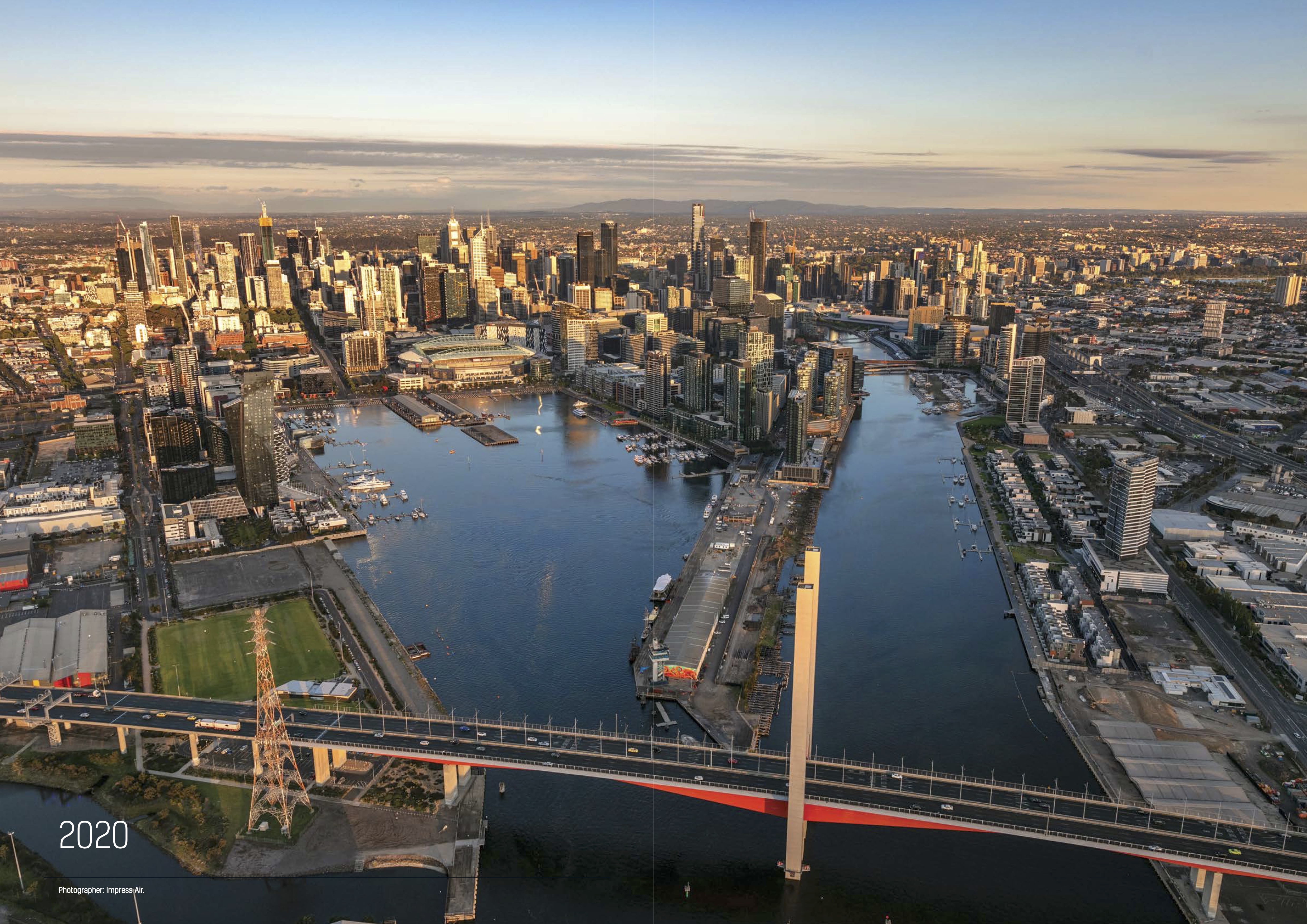Long live the new office!

What the future workplace looks like
Technology has transformed every aspect of our economy and our society over the last decade. Given that pace of technological change is accelerating, what we have seen so far is just the tip of the iceberg.
There has even been speculation that the end of the office is nigh. This is way off the mark in our view. Technology means that a physical workplace will become more essential than ever but its role will change with implications for the type and location of space provided.
Automated Office-work
In our last article we highlighted the significant impact of automation on the Australian workforce. Simply put any tasks that are structured, repeatable, or predictable are ripe for automation. This includes much office-based work. It is estimated that existing technology alone would allow 49% of office tasks to be automated1. Note this relates to tasks, so jobs will not necessarily be lost, but the nature of ‘office’ work will change.
Tasks prone to automation

Human work will increasingly focus non-automatable like those based on innovation, empathy, and creativity. The future workplace will be more narrowly designed around these tasks and the highly valued humans that perform them. This will be at the expense of the lower skilled, automatable workforce who once comprised the majority of office workers. Generic offices with mass appeal are out; high quality, amenitised space is in.
Workplace/ Workspace Flexibility
Hang on though, hasn’t the pandemic shown that work can be done from anywhere and thus an office will not be needed? Whilst it has certainly proven that full remote working is possible, it is also established that, for most, it is undesirable.
Remote workers report they miss many aspects of the office, such as face-to-face engagement with colleagues and clients and serendipitous meetings. Young staff believe they miss out on social, learning and networking opportunities. Those living in cramped or poor quality accommodation, or those with small children, particularly appreciate a nice office environment. For occupiers, building company brand, team morale and culture is more challenging.
The future of working is thus flexible. Technology allows workers to use the office less, most likely two to three days according to recent surveys, but maintaining a physical office will be critical.
Flexibility: Employee surveys of expected weekly home-working post-pandemic

The Decentralised Office
Truly flexible working means empowering employees to choose how and where they work, with productivity rather than presentism being their performance measure. To maximise choice, occupiers will increasingly look to a hub, home, and roam model.
Hub, home, and roam optionality

The Experiential Office
Workspace will be re-designed around the high-value, non-automatable employees who will dominate white-collar employment and the collaborative, innovative and creative tasks that are best suited to the office.
For occupiers, office value will be tied to its ability to keep employees happy, to attract new ones and to ensure they are productive. The ‘human experience’ will thus be critical, i.e. the extent to which it meets the wants, needs and desires of employees. In addition to functional space for collaboration and meetings, this means heavy emphasis on amenity (from catering facilities, coffee machines to showers). Technology allows more ‘soft’ services to be layered on top, delivered through apps.
Office usage on any given day will transient, varied, and unpredictable. Therefore, workspace must be more flexible too and readily adaptable to accommodating different numbers of workers on different days doing different things. The ability to measure workplace utilisation through sensors and to refine it subsequently will be important.
Whilst more flexibility allows occupiers to take less space overall, the need for a tech-infused high quality environment means higher occupational costs per square metre. The occupational flight to quality will become even more pronounced causing widening workplace polarisation.
Attributes of a human-centric office

Related posts
Dive deeper into insights that matter to you.

The Election and Housing: Ireland’s Wake-Up Call for Oz

Australia’s Visitor Economy Rebounds: Insights from 2024-2025 ABS Data

Australian Data Centres: The State of Play for this Critical Sector

30 Years On: Has Docklands Been A Success?
Make smarter decisions
Get in touch with the Team to get an understanding of how we transform data into insightful decisions. Learn more about how Atlas Economics can help you make the right decisions and create impact using our expertise.
